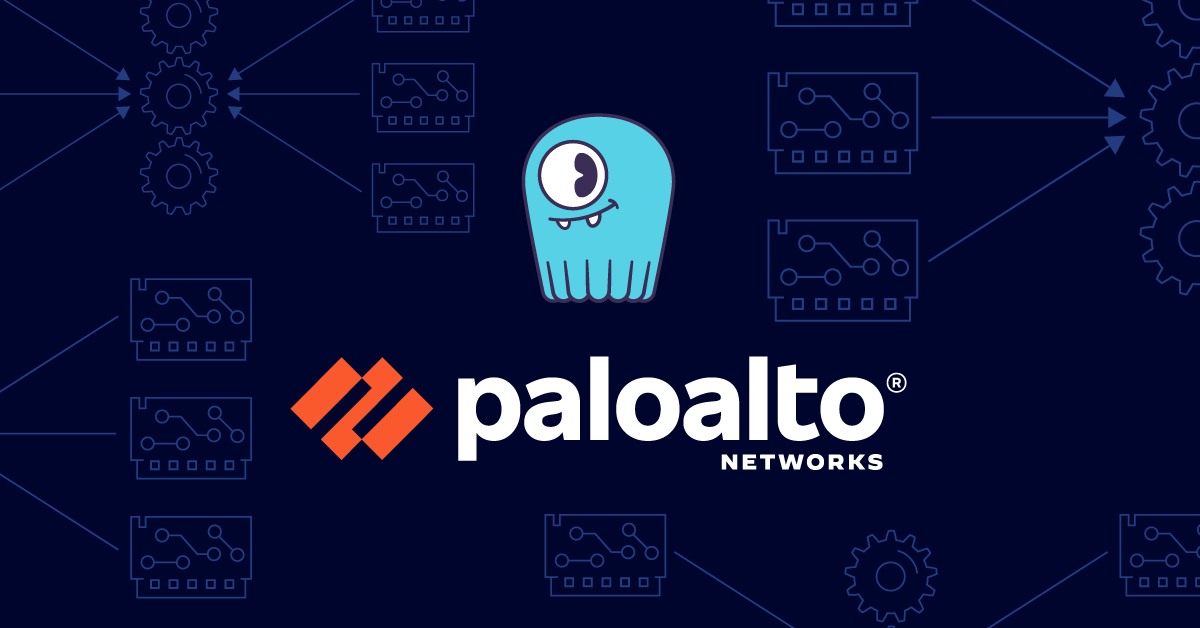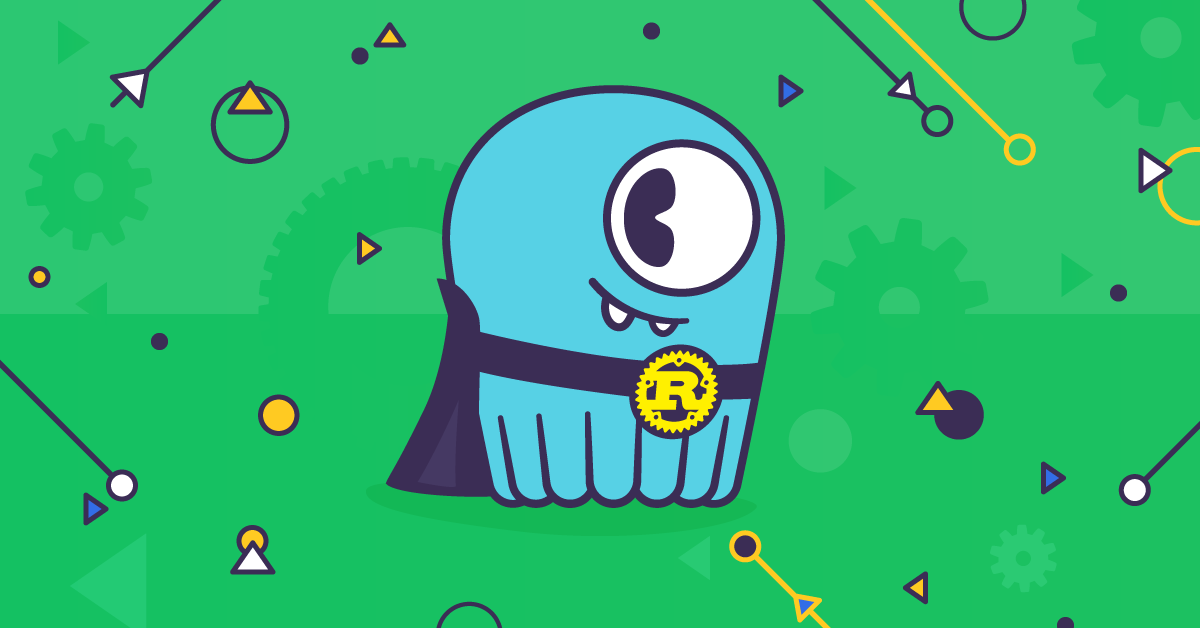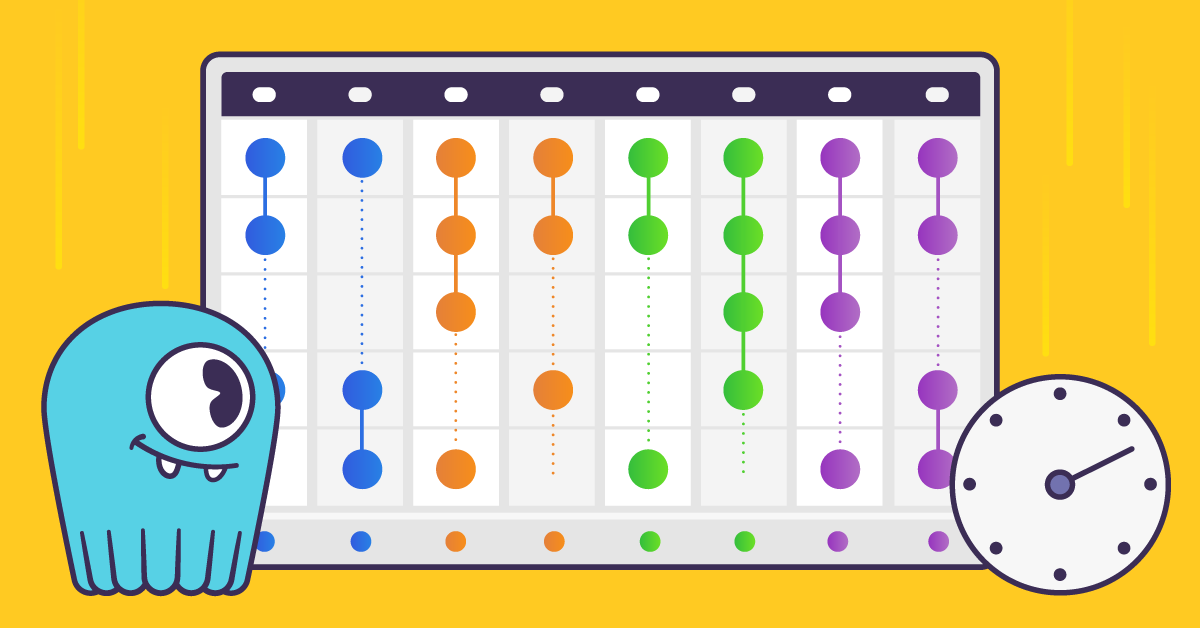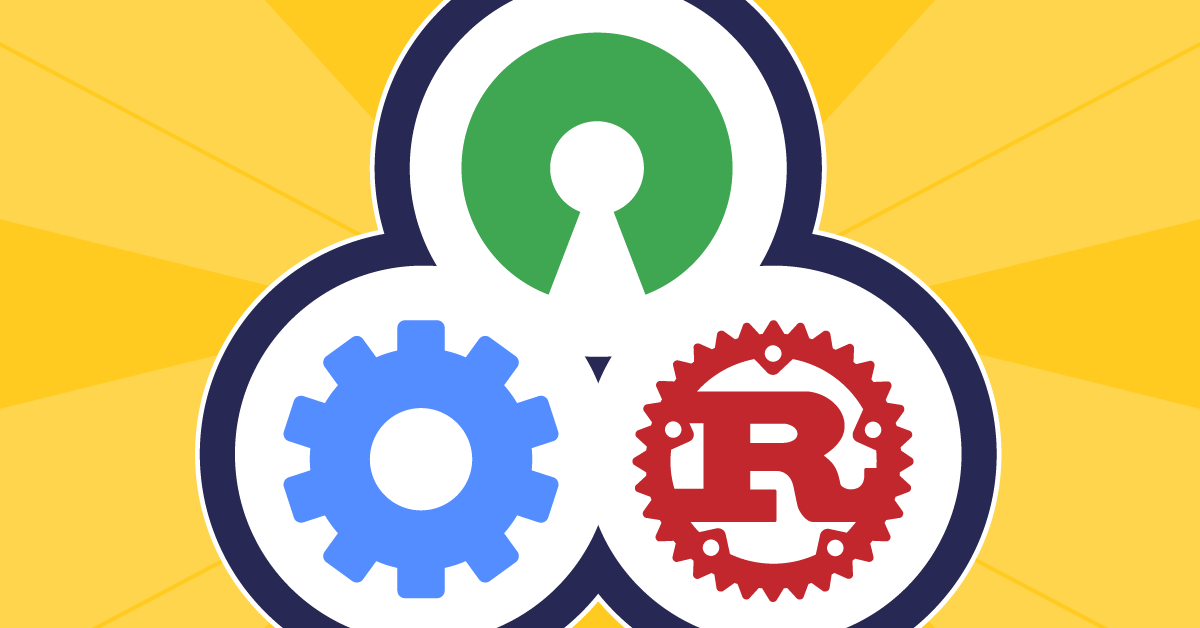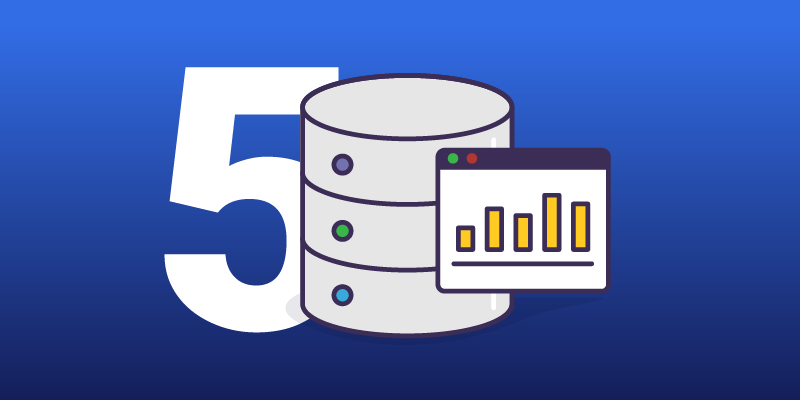
As the year winds down, let’s look back at our top 10 blogs written this year – plus 10 perennial favorites.
Before we start, thank you to the community members who contributed to our blogs in various ways – from users sharing best practices at ScyllaDB Summit, to open source contributors and ScyllaDB engineers explaining how they raised the bar on what’s possible for NoSQL performance, to anyone who has initiated or contributed to the discussion on HackerNews, Reddit, and other platforms. And if you have suggestions for 2023 blog topics, we welcome you to share them in this thread on our new ScyllaDB Community Forum.
With no further ado, here are the most read NoSQL blogs that we published in 2022…
 How Palo Alto Networks Replaced Kafka with ScyllaDB for Stream Processing
How Palo Alto Networks Replaced Kafka with ScyllaDB for Stream Processing
How cybersecurity leader, Palo Alto Networks, used their existing ScyllaDB database to eliminate the MQ layer (Kafka) for a project that correlates events in near real time.
- Read: How Palo Alto Networks Replaced Kafka with ScyllaDB for Stream Processing
- Related: Stream Processing with ScyllaDB – No Message Queue Involved!
 Async Rust in Practice: Performance, Pitfalls, Profiling
Async Rust in Practice: Performance, Pitfalls, Profiling
How our engineers used flamegraphs to diagnose and resolve performance issues in our Tokio framework based Rust driver.
- Read: Async Rust in Practice: Performance, Pitfalls, Profiling
- Related: Developer Workshop: Build Low-Latency Applications in Rust on ScyllaDB
 Shaving 40% Off Google’s B-Tree Implementation with Go Generics
Shaving 40% Off Google’s B-Tree Implementation with Go Generics
How we got a 40% performance gain in an already well optimized package, the Google B-Tree implementation, using Go generics.
- Read: Shaving 40% Off Google’s B-Tree Implementation with Go Generics
- Related: ScyllaDB University: Golang and ScyllaDB
 A New ScyllaDB Go Driver: Faster Than GoCQL and Its Rust Counterpart
A New ScyllaDB Go Driver: Faster Than GoCQL and Its Rust Counterpart
How we built a new Go ScyllaDB driver that’s almost 4x faster than its GoCQL predecessor and 2X faster than its Rust counterpart.
- Read: A New ScyllaDB Go Driver: Faster Than GoCQL and Its Rust Counterpart
- Related: P99 CONF On Demand
 Benchmarking Apache Cassandra (40 Nodes) vs ScyllaDB (4 Nodes)
Benchmarking Apache Cassandra (40 Nodes) vs ScyllaDB (4 Nodes)
We benchmarked Apache Cassandra on 40 nodes vs ScyllaDB on just 4 nodes. See how they stacked up on throughput, latency, and cost.
- Read: Benchmarking Apache Cassandra (40 Nodes) vs ScyllaDB (4 Nodes)
- Related: How Much Faster is Apache Cassandra 4.0? Benchmarking Cassandra 4.0 vs Cassandra 3.11 — and ScyllaDB
 Why Disney+ Hotstar Replaced Redis and Elasticsearch with ScyllaDB Cloud
Why Disney+ Hotstar Replaced Redis and Elasticsearch with ScyllaDB Cloud
The inside perspective on how Disney+ Hotstar simplified its “continue watching” data architecture for scale.
- Read: Why Disney+ Hotstar Replaced Redis and Elasticsearch with ScyllaDB Cloud
- Related: Disney+ Hotstar: Scaling NoSQL for Millions of Video On-Demand Users
 We’re Porting Our Database Drivers to Async Rust
We’re Porting Our Database Drivers to Async Rust
The ScyllaDB Rust Driver beats even the reference C++ driver in terms of raw performance. That gave us an idea: Why not unify all our drivers to use Rust underneath?
- Read: We’re Porting Our Database Drivers to Async Rust
- Related: ScyllaDB Rust Driver: One Driver to Rule Them All
 Implementing a New IO Scheduler Algorithm for Mixed Read/Write Workloads
Implementing a New IO Scheduler Algorithm for Mixed Read/Write Workloads
A deep under-the-hood view of our NoSQL database engine. Learn how our new IO scheduler improved latencies in mixed workloads.
- Read: Implementing a New IO Scheduler Algorithm for Mixed Read/Write Workloads
- Related: Understanding Storage I/O Under Load
 ScyllaDB on the New AWS EC2 I4i Instances: Twice the Throughput & Lower Latency
ScyllaDB on the New AWS EC2 I4i Instances: Twice the Throughput & Lower Latency
How ScyllaDB achieves 2.7x higher throughput with a 40% reduction in average latency on the new AWS I4i series, which uses the Intel Ice Lake processors and AWS Nitro SSD.
- Read: ScyllaDB on the New AWS EC2 I4i Instances: Twice the Throughput & Lower Latency
- Related: New AWS Instances Perfect for ScyllaDB
 Wasmtime: Supporting UDFs in ScyllaDB with WebAssembly
Wasmtime: Supporting UDFs in ScyllaDB with WebAssembly
How you can use WebAssembly to call user-defined functions when querying the database – plus, get a sneak peek at what else ScyllaDB is doing with Wasm.
Bonus: Top NoSQL Database Blogs From Years Past
Many of the blogs published in previous years continued to resonate with readers. Here’s a rundown of 10 ongoing favorites:
- How io_uring and eBPF Will Revolutionize Programming in Linux (2020) – How io_uring and eBPF will change the way programmers develop asynchronous interfaces and execute arbitrary code, such as tracepoints, more securely.
- Apache Cassandra 4.0 vs. ScyllaDB 4.4: Comparing Performance (2021) – Cassandra 4.0 is faster than its predecessor, Cassandra 3.11. But how does it stack up against ScyllaDB Open Source 4.4? Our detailed benchmark explains.
- Cassandra 4.0 vs. Cassandra 3.11: Comparing Performance (2021) – If you are currently using Cassandra 3.11, read this performance benchmark to learn how the new Cassandra 4.0 stacks up against 3.11 using the latest JVMs and Garbage Collectors.
- Using Spring Boot, ScyllaDB and Time Series Data (2021) – Learn how to use Spring Boot apps with ScyllaDB for time series data, taking advantage of shard-aware drivers and prepared statements.
- 7 Reasons Not to Put a Cache in Front of Your Database (2017) – Seven specific reasons why external caching can be a bad choice.
- Best Practices for Data Modelling (2019) – How data storage works, how data is compacted, how to find and work with (or around) large partitions, and more.
- Zillow: Optimistic Concurrency with Write-Time Timestamps (2021) – Dan Podhola explains how his team at Zillow architected their service to use write-time timestamps to maintain the latest version of data for home prices and availability, without resorting to CPU-intensive Paxos-based transactions.
- The Taming of the B-Trees (2021) – Discover how and why ScyllaDB engineers implemented B-tree and B+-tree data structures in their NoSQL distributed database. We share the practical details you won’t read in books.
- Best Practices for ScyllaDB Applications (2019) – The top 10 best practices to get the most out of your ScyllaDB database.
- Different I/O Access Methods for Linux, What We Chose for ScyllaDB, and Why (2017) – Explore the four different ways to perform disk I/O on Linux , the tradeoffs, and what we chose when designing a high-performing database, ScyllaDB.
More Insights from NoSQL and Distributed Data System Experts
Want to learn more from these and other database experts? Join us at ScyllaDB Summit 2023: an immersive and highly-interactive opportunity to:
- Discover the latest distributed database advancements
- Hear how your peers are solving their toughest database challenges
- Learn what’s new with ScyllaDB, the fastest NoSQL Database
- Explore the latest trends across the broader data ecosystem (event streaming, graph databases, …)
It’s free and virtual — two half days, February 15 and 16.
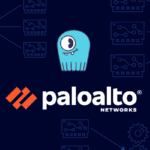 How Palo Alto Networks Replaced Kafka with ScyllaDB for Stream Processing
How Palo Alto Networks Replaced Kafka with ScyllaDB for Stream Processing Async Rust in Practice: Performance, Pitfalls, Profiling
Async Rust in Practice: Performance, Pitfalls, Profiling Shaving 40% Off Google’s B-Tree Implementation with Go Generics
Shaving 40% Off Google’s B-Tree Implementation with Go Generics A New ScyllaDB Go Driver: Faster Than GoCQL and Its Rust Counterpart
A New ScyllaDB Go Driver: Faster Than GoCQL and Its Rust Counterpart Benchmarking Apache Cassandra (40 Nodes) vs ScyllaDB (4 Nodes)
Benchmarking Apache Cassandra (40 Nodes) vs ScyllaDB (4 Nodes)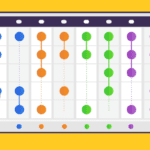 Implementing a New IO Scheduler Algorithm for Mixed Read/Write Workloads
Implementing a New IO Scheduler Algorithm for Mixed Read/Write Workloads ScyllaDB on the New AWS EC2 I4i Instances: Twice the Throughput & Lower Latency
ScyllaDB on the New AWS EC2 I4i Instances: Twice the Throughput & Lower Latency Wasmtime: Supporting UDFs in ScyllaDB with WebAssembly
Wasmtime: Supporting UDFs in ScyllaDB with WebAssembly
